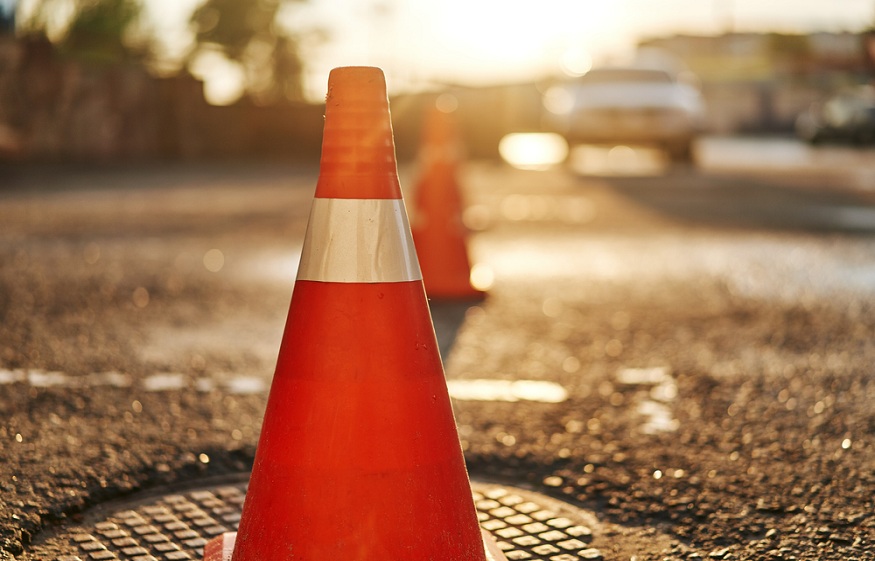Concrete paving has many advantages over its most common competitor, asphalt. Asphalt certainly has the advantage of being slightly longer lasting. However, there are very many circumstances where asphalt is simply not a suitable solution.There are several reasons for this.
For one thing, asphalt is black, it has as its main component a crude-oil derived substance known as bitumen. This why paving experts, Parking Lot Pros, recommend asphalt for heavy traffic roads and parking lots, but concrete for things like garden patios, home paving installations, and any paving to be set up in natural settings. The more natural color of concrete makes it far more suitable for these purposes.
Partial Depth Repair – The Basics
Of course, though, there will come a time when repairs are required. One of the most common of those repair methods is known as partial-depth repair. It is recommended for what is known as localized concrete paving damage. That means it is not the repair method for a whole area of concrete paving, and it is not a protective measure against the perils of weathering. Rather, it is the way to address things like potholes, large cracks, visible stress, and other examples of damage that occur here and there over a specific area of concrete paving.
Essentially, partial depth repair is so-called because it repairs one area of concrete down to a certain depth. Filling in a pothole is the most well-known example. Concrete damage is caused by the effects of weather and load stress over the top of the concrete; that means the damage is worst at the top and penetrates down to a certain depth. It is only down to this specific depth that partial depth repair is carried out.
The Method of Partial Depth Repair
Of course, the best way to explain what partial depth repair isis to simply set out the process. Here is how it is normally done:
Selection of Repair Boundaries
This requires a survey. The area of weakened concrete needs to be identified. This is never just the visible damage, as the surrounding concrete is always delaminated too. The area for repair is also, to allow a margin of error, extended by a few inches beyond the weakened concrete.
Removal of Existing Concrete
Either by sawing, milling, or chipping, the concrete to be replaced is removed. The concrete is removed down to the depth of visually sound and clean concrete.
Cleaning of the Concrete Surface
After removing a quantity of concrete, there is inevitably residue left on the undamaged concrete below. Thanks to the damage and penetration of water and debris, this concrete can also be contaminated by these. Accordingly, the undamaged concrete is sandblasted and washed clean.
Joint Preparation
Before placing a partial depth patch (the new concrete), it should be ensured that there is no bonding of the repair patch to the adjacent undamaged concrete. This is the space for the sealant and only by filling it with that can the whole area be properly sealed up.
Placement of Patch Materials
This means the bonding agent (sealant) should be spread onto the adjacent joints with a stiff bristle and scrubbed into the patch area. Then the new concrete patch can be inserted into the space.
Finishing
Finishing is all about smoothing over the patch, normally be using a burlap drag or a broom finish. There should be no excess material on the adjacent pavement surface.
And that is the process of partial depth repair – the best way to tackle concrete damage as and when it happens – and to thereby significantly extend the life of any concrete paved surface.


